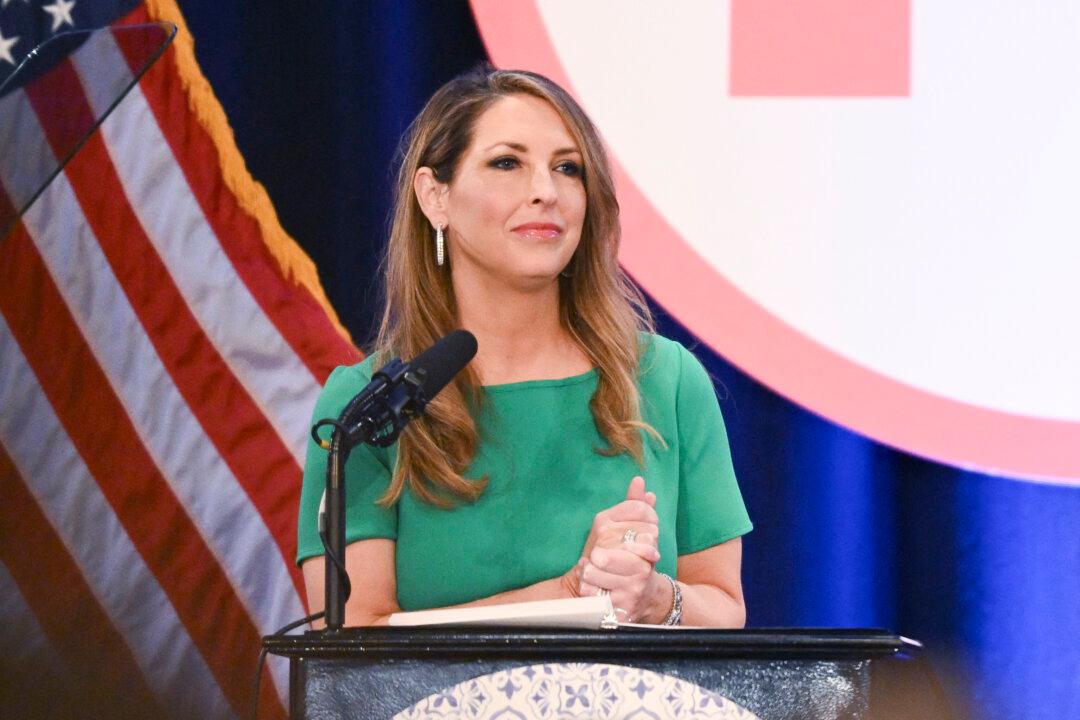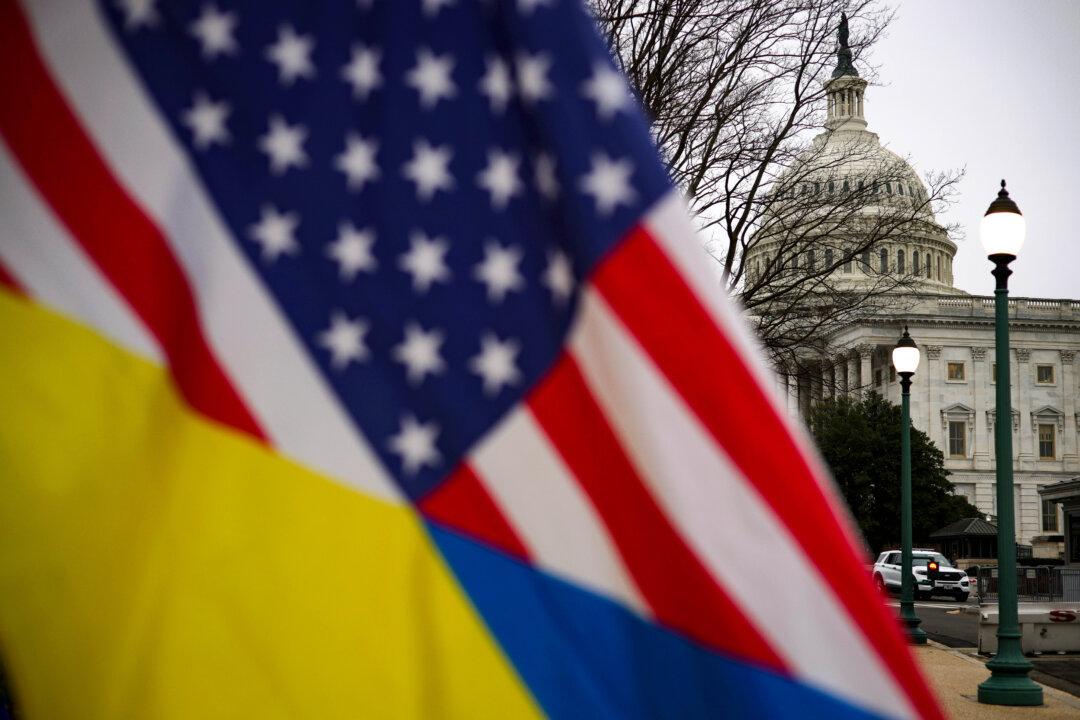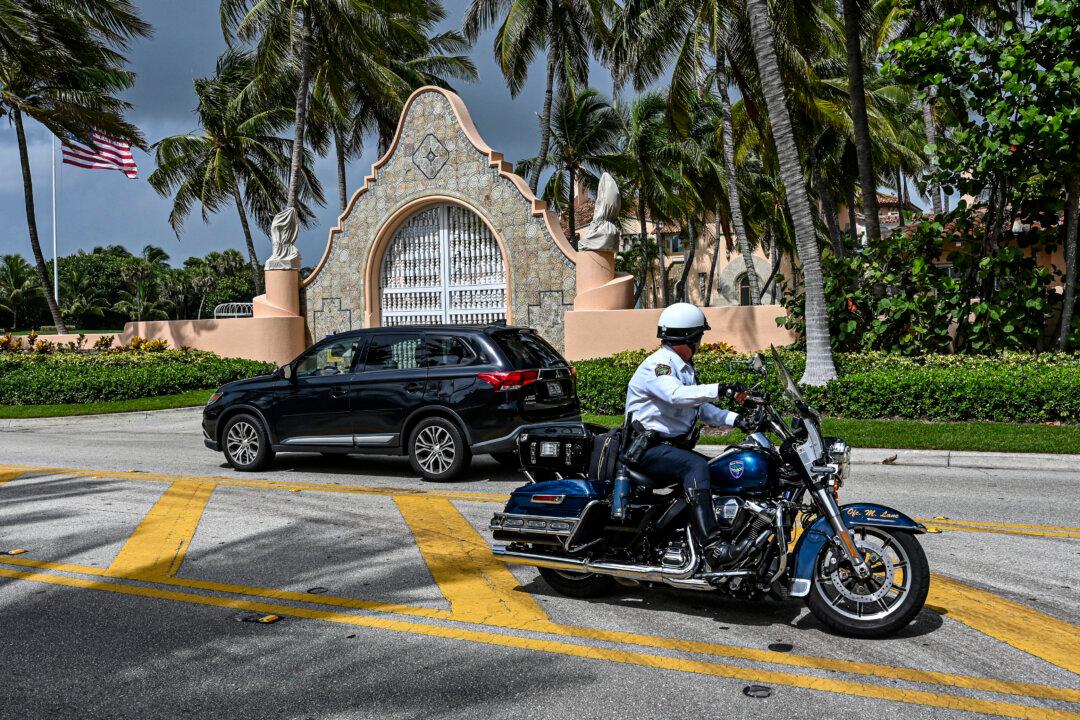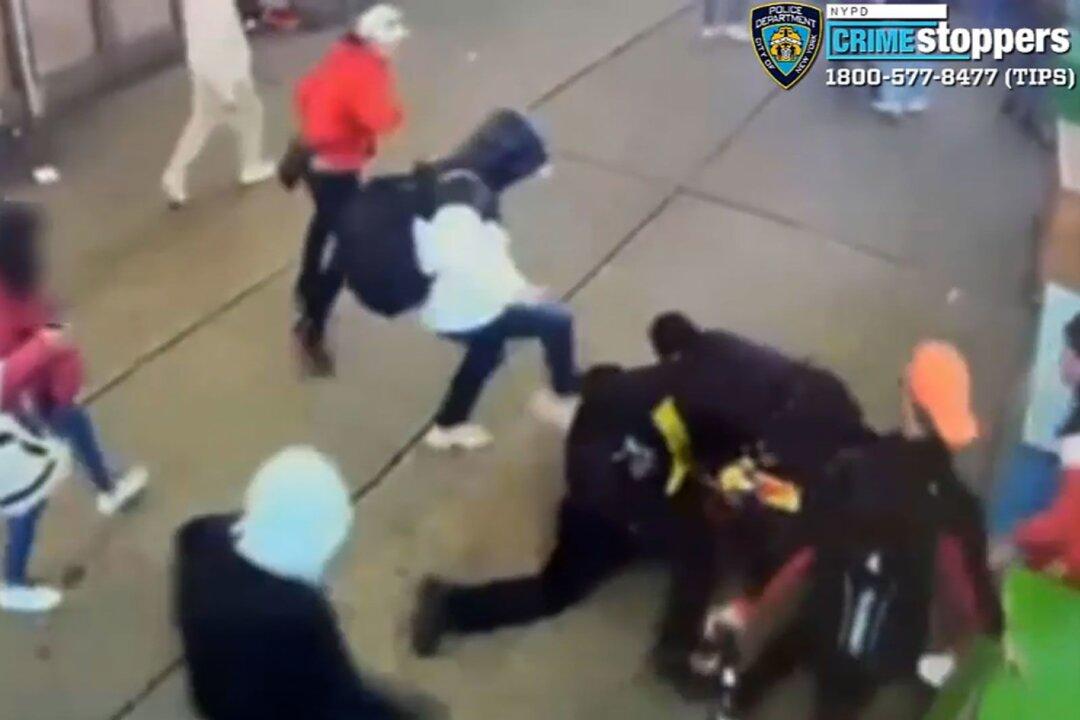Ukrainian President Volodymyr Zelenskyy is calling on his Western allies to provide more “heavy weapons” to confront Russian forces in Ukraine’s separatist-held territories where Russia is pushing its claims.
“We need heavy artillery, armored vehicles, air defense systems, and combat aircraft,” he said in a video message. “Anything to repel Russian forces and stop their war crimes.”





